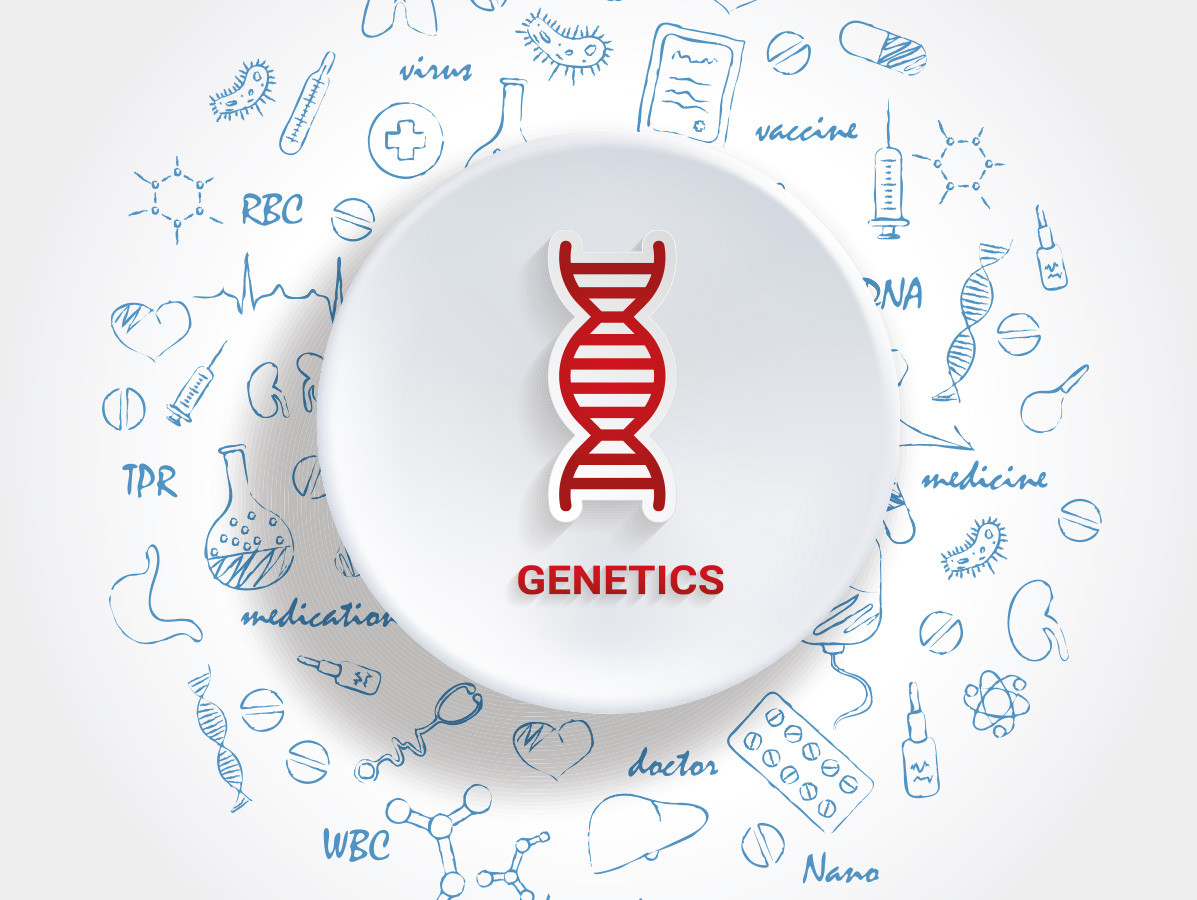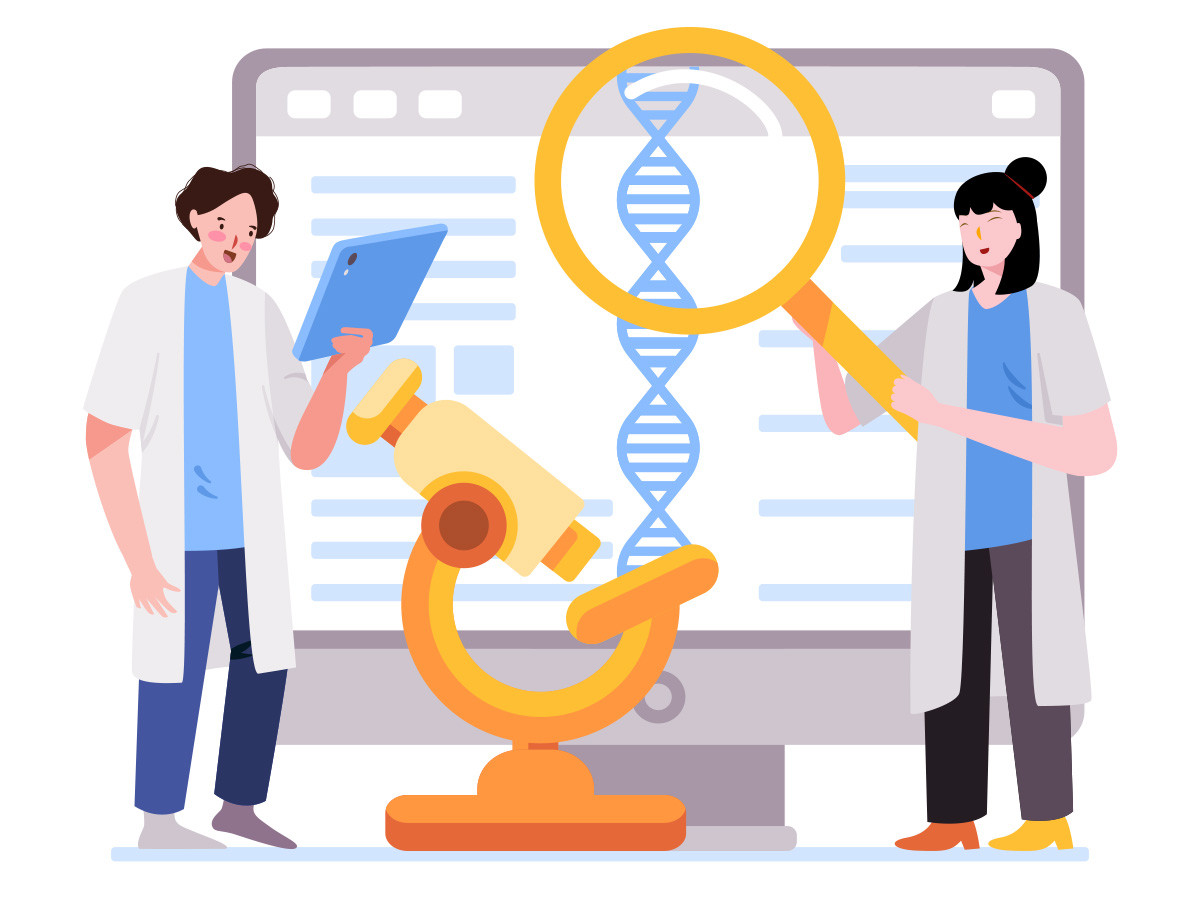
New and powerful algorithms and bioinformatics tools are enabling the development of models that make it much easier to predict outbreaks of food-borne diseases. Nestlé and Mars are among the first to invest in HTS infrastructure to improve food safety.
What are the benefits and challenges of sequencing technologies for the food industry? And why has adoption and application of these promising techniques by the food industry been relatively slow, sporadic and fragmented?
The food industry recognises that HTS (High-Throughput Sequencing) and then WGS (Whole Genome Sequencing) in particular offers the greatest distinguishing capability to identify and differentiate pathogens. It can improve detection of sources of infection, provide insight into their origin and characteristics, and thus better predict and prevent persistence or future infections. Integrating the precision provided by WGS into cause analyses would enable faster identification and better targeting of corrective actions. As a result, productivity can be increased and costs reduced.
Besides being able to trace at the source, food companies that have already implemented WGS reported the following practical applications:
1) discovering the extent of cross-contamination and preventing it in laboratories during analyses;
2) exposing hygienic technical limitations of certain equipment, which act as hiding places for pathogens;
3) identifying raw materials from global supply chains that may lead to cross-contamination in factory environments.
Using WGS to detect cases of cross-contamination in laboratories can reduce waste by reducing research costs or affected products when false-positive results are obtained due to cross-contamination. When such occurrences are detected, it also leads to better awareness of good laboratory practices, separate testing of sensitive and less sensitive materials and improvements in the use of uniquely identifiable positive controls.

A number of food producers have now invested in the technology and established an internal infrastructure to apply HTS and WGS internally. They actively or intermittently use HTS for various purposes, such as source tracking and/or environmental research and monitoring. Nestlé and Mars are among the first to invest in infrastructure for and to experiment with HTS. However, despite the potential of the technology, the food industry has not yet actively embraced it for operational use. Even where they do get adopted, companies rely on external suppliers for technical support when needed.
Larger food producers with in-house analytical facilities could make the most of retained isolates for in-depth studies, while small and medium-sized producers might only perform isolated studies for a particular incident. If they conduct an 'expensive' study with a limited number of isolates and the results do not help find the root cause, they may not see the value and cannot justify the cost for future use. Food producers also point out that the process can be slow and carried out 'after the fact', so they use WGS sporadically and not proactively.
A food safety management system requires appropriate and robust analytical verification tools and methods for testing raw materials, the production environment and finished products. In practice, the food industry mainly uses a large number of traditional culture, immunological and molecular diagnostics that are readily available, relatively cheap and fast. These tests provide enough information to comply with regulations and supply chain requirements and to verify that food has been produced under hygienic conditions.
There is general agreement that HTS methods with increased precision complement or replace traditional - but predominantly microbiological and molecular - instruments and methods. For the technique to become truly mainstream, a new and comprehensive cost-benefit analysis is needed that includes the value of new infrastructure, skilled personnel, loss prevention and predictive capabilities that may not currently exist.
Source: Nature